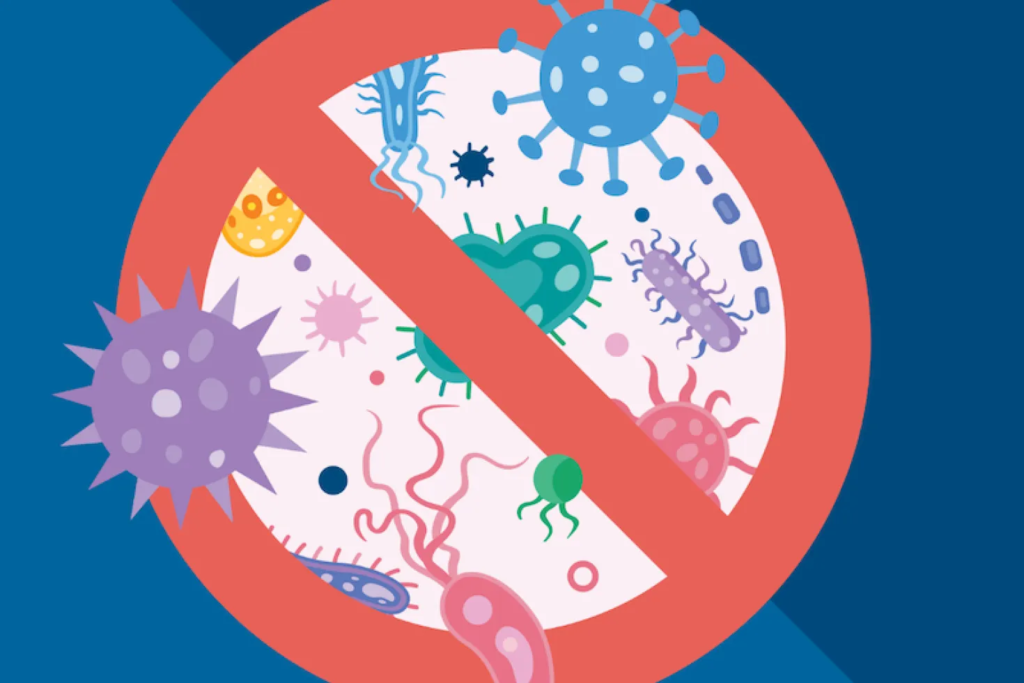Antimicrobial Resistance
Relevant for sociology optional Paper- 2 & GS Mains Paper- 2

Antimicrobial resistance (AMR) is a growing public health concern in India and worldwide. It is a phenomenon where microorganisms, such as bacteria, viruses, fungi, and parasites, become resistant to antimicrobial drugs, rendering them ineffective in treating infectious diseases. The misuse and overuse of antibiotics and other antimicrobial drugs have contributed significantly to the emergence and spread of AMR, which can lead to longer illness duration, higher healthcare costs, and increased mortality rates.
India is one of the countries most affected by AMR, with high rates of antibiotic use and a large burden of infectious diseases. According to a report by the Indian Council of Medical Research (ICMR), about 57% of Indians who visit private healthcare facilities receive antibiotics without a prescription, and only 8% of prescriptions follow the guidelines set by the World Health Organization (WHO). Furthermore, the widespread use of antibiotics in the agricultural sector and animal husbandry has led to the contamination of soil, water, and food with antibiotic residues and resistant bacteria, which can enter the human food chain and cause infections.
The consequences of AMR are severe and far-reaching. In India, AMR is responsible for an estimated 58,000 neonatal deaths each year, as well as increasing the burden of tuberculosis, HIV/AIDS, and other infectious diseases. It also poses a significant threat to India’s economy, as the cost of treating resistant infections is much higher than that of treating susceptible infections, leading to increased healthcare expenditures and reduced productivity.
To tackle the problem of AMR, the Indian government has implemented several initiatives and policies, including the National Action Plan on Antimicrobial Resistance (NAP-AMR), launched in 2017. The NAP-AMR aims to improve the awareness, prevention, and control of AMR in India, through a multi-sectoral approach involving various stakeholders, such as healthcare providers, policymakers, and the public. It also encourages the development of new antimicrobial drugs and diagnostic tools and the implementation of infection prevention and control measures.
The success of the NAP-AMR and other initiatives to combat AMR in India depends on several factors. Firstly, there is a need for increased awareness and education on the proper use of antibiotics and other antimicrobial drugs, both among healthcare professionals and the general public. This includes promoting the use of alternatives to antibiotics, such as probiotics, herbal remedies, and vaccines, where appropriate. It also involves enforcing stricter regulations on the sale and distribution of antibiotics and other antimicrobial drugs, including banning over-the-counter sales without a prescription.
Secondly, there is a need for enhanced surveillance and monitoring of AMR in India, to track the prevalence and patterns of resistant infections and guide appropriate treatment and prevention strategies. This includes developing a national database on AMR, improving laboratory facilities and diagnostic tools, and promoting research on the epidemiology and mechanisms of resistance.
Thirdly, there is a need for increased investment in research and development of new antimicrobial drugs and diagnostic tools, as well as the promotion of innovative approaches to infection prevention and control. This includes supporting the development of new drugs that target specific bacterial or viral strains, promoting the use of rapid diagnostic tests that can distinguish between bacterial and viral infections, and investing in new technologies, such as nanotechnology and gene editing, that could help overcome the challenges of AMR.
In conclusion, antimicrobial resistance is a significant public health concern in India and worldwide, with severe consequences for human health, the economy, and global security. The problem requires a multi-sectoral approach involving various stakeholders and strategies, including increased awareness and education, enhanced surveillance and monitoring, and increased investment in research and development. By working together to tackle this challenge, India can ensure a healthier and more prosperous future for its citizens and the world.
For more such free UPSC notes, Articles, News & Views Join our Telegram Channel. https://t.me/triumphias
For more such free UPSC notes, Articles, News & Views Join our Telegram Channel. https://t.me/triumphias


